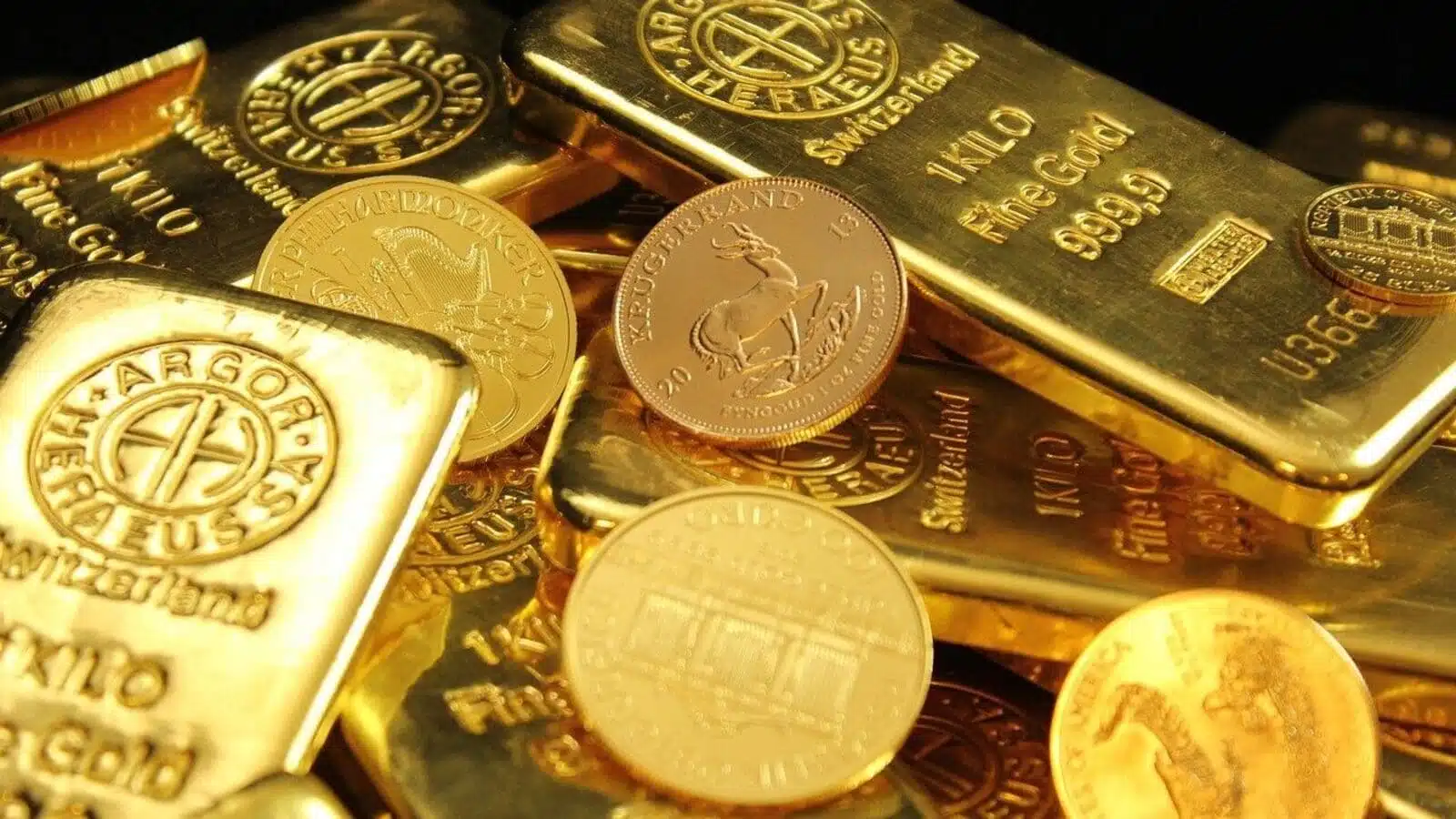Gold prices took a downward turn, sliding to a three-day low following the release of the US Personal Consumption Expenditures (PCE) data. Although the precious metal still holds the potential for a weekly gain above 1%, the latest inflation figures suggest a complex interplay of factors influencing market sentiment.
Inflation Data Signals Progress
The recent PCE report indicated a slight move towards the Federal Reserve’s 2% inflation target, with core inflation rising by just 0.1% from the previous month. This marginal uptick has caused the 10-year Treasury yield to drop by five basis points to 3.749%, while the US Dollar Index saw a modest decline of 0.16% to 100.41. These shifts reflect a market recalibrating its expectations for future interest rate cuts, with the probability of a 50 basis point reduction in November now slightly diminished.
Gold’s Tepid Reaction Despite Global Tensions
In the midst of escalating geopolitical tensions, particularly with Israel’s recent military actions in Lebanon, gold’s performance has surprised many market watchers. Traditionally viewed as a safe-haven asset, gold often attracts investors looking for stability during times of uncertainty. However, in this instance, gold did not capitalize on its status, reflecting a more intricate market dynamic.
Analysts point to profit-taking by traders as a key factor in gold’s muted response. Following a brief rally, many investors chose to lock in gains rather than hold their positions, which led to selling pressure on the precious metal. This behavior is not uncommon in markets where traders anticipate short-term volatility and prefer to secure profits rather than risk potential downturns.
The XAU/USD pair was last observed hovering around $2,657, a level that indicates a stable yet cautious market sentiment. Despite the ongoing tensions and potential for further geopolitical developments, gold’s price has remained relatively steady, suggesting that traders are weighing multiple factors, including potential interest rate changes and broader economic indicators, in their strategic decisions.
As the situation unfolds, expectations for further geopolitical developments remain high. Investors continue to monitor the situation closely, aware that any significant escalation could yet shift market dynamics in favor of safe-haven assets like gold. However, for now, the interplay of profit-taking and cautious market optimism is holding sway, dictating the current status of the precious metal in global markets.
Technical Indicators and Future Outlook
From a technical standpoint, the current movements in gold’s price indicate a potential for continued downward momentum. The market has been closely observing the price action as it hovers near critical levels. A dip below the pivotal $2,650 mark could lead to further declines, testing the support levels at $2,600 and, subsequently, $2,546. These levels are crucial as they represent significant areas of buying interest that could stabilize the price action and prevent further declines.
The 50-day Simple Moving Average (SMA), sitting at $2,488, serves as a critical technical barrier and a point of interest for traders. This moving average is often regarded as a benchmark for short-term momentum and can provide a safety net in bearish markets. If gold’s price approaches this level, it could either act as a strong support, prompting a rebound, or, if breached, signal a deeper correction in the gold market.
Conversely, on the upside, surpassing the year-to-date peak of $2,685 could shift sentiment and open pathways toward $2,700 and potentially higher levels. Such a breakout would likely attract bullish momentum, encouraging traders to re-enter long positions. This movement would not only signal strength but also reinforce the potential for further gains, as it suggests a willingness of the market to push beyond previous highs.
Market Dynamics and Investor Sentiment
The University of Michigan’s Consumer Sentiment Index showed an improvement to 70.1, with inflation expectations adjusting slightly downward to 2.7% for the coming year. These indicators underscore a cautious optimism among consumers, which may temper aggressive gold price movements in the short term. Meanwhile, ETFs adding gold to their portfolios signal potential for future gains as broader market conditions evolve.
In summary, while gold remains a favored hedge against economic uncertainty, its path will be shaped by a blend of financial data, market expectations, and geopolitical developments. The coming weeks will be pivotal in determining whether gold can regain its upward momentum amidst these converging factors.
With Finance Phantom Bot, you can tap into the power of AI to maximize your trading potential and stay ahead of the market’s volatility.


